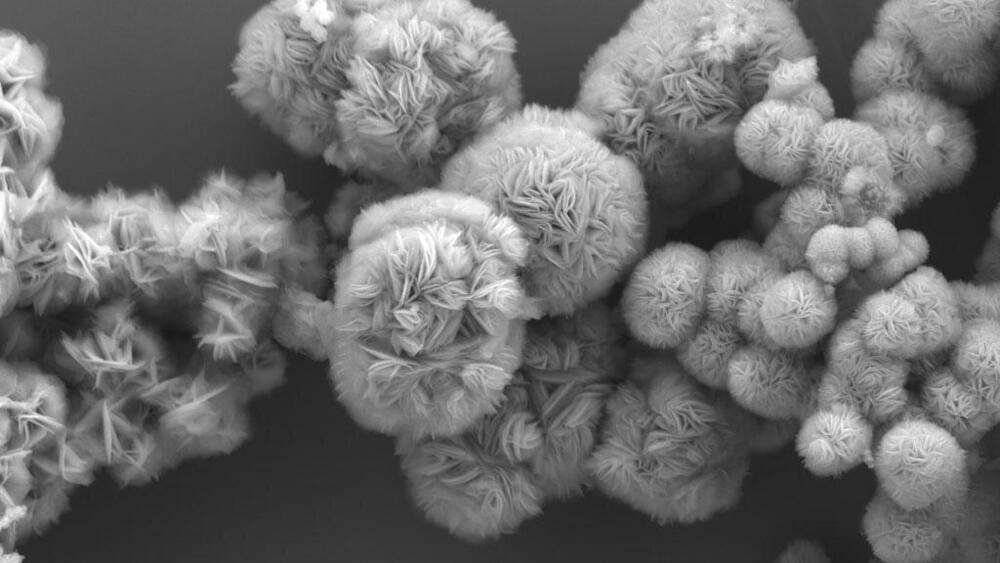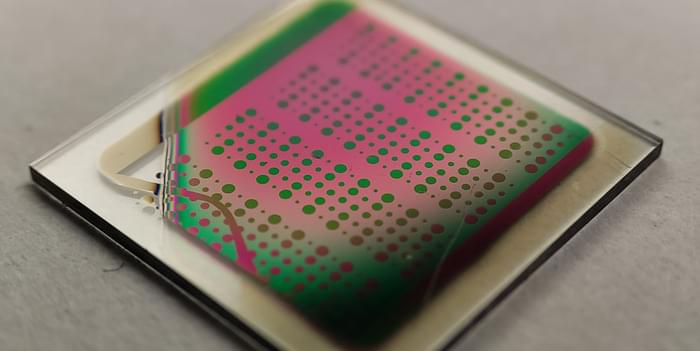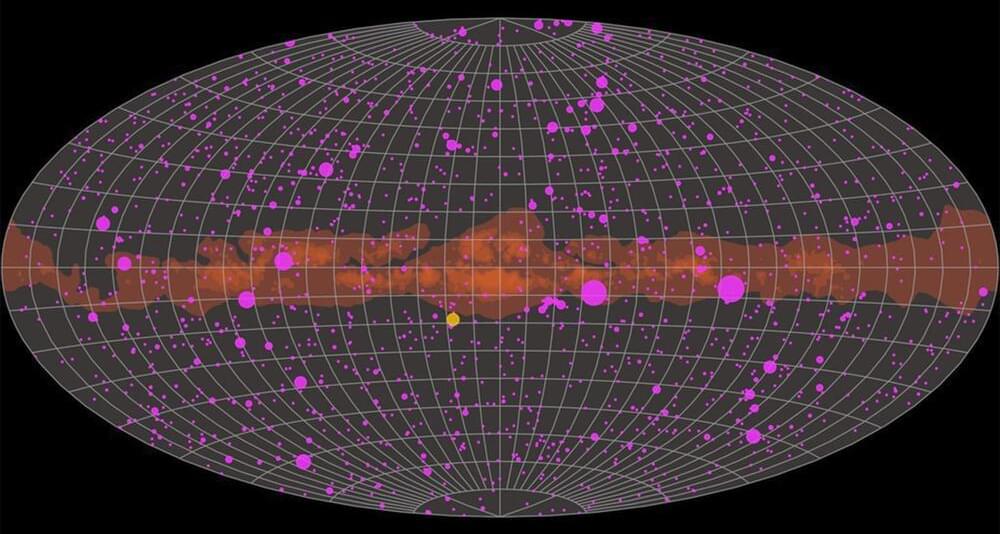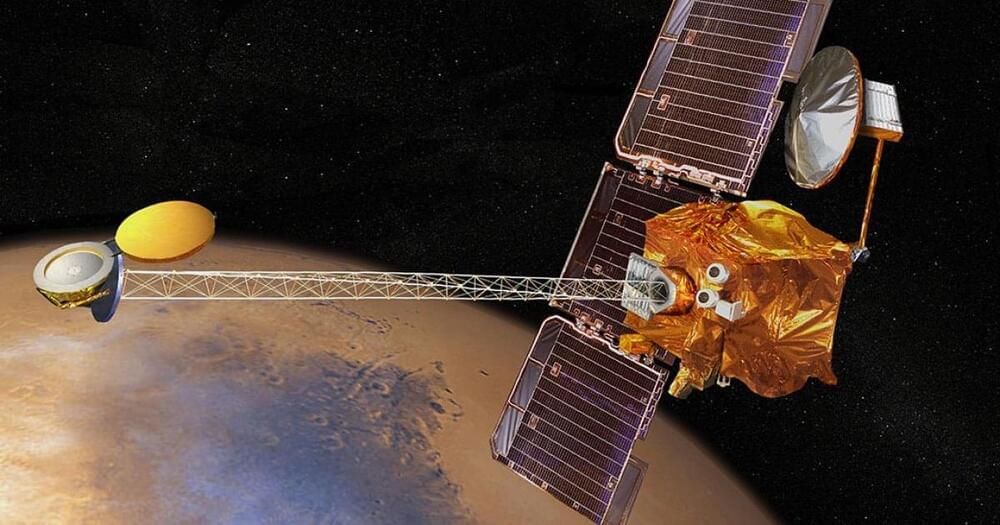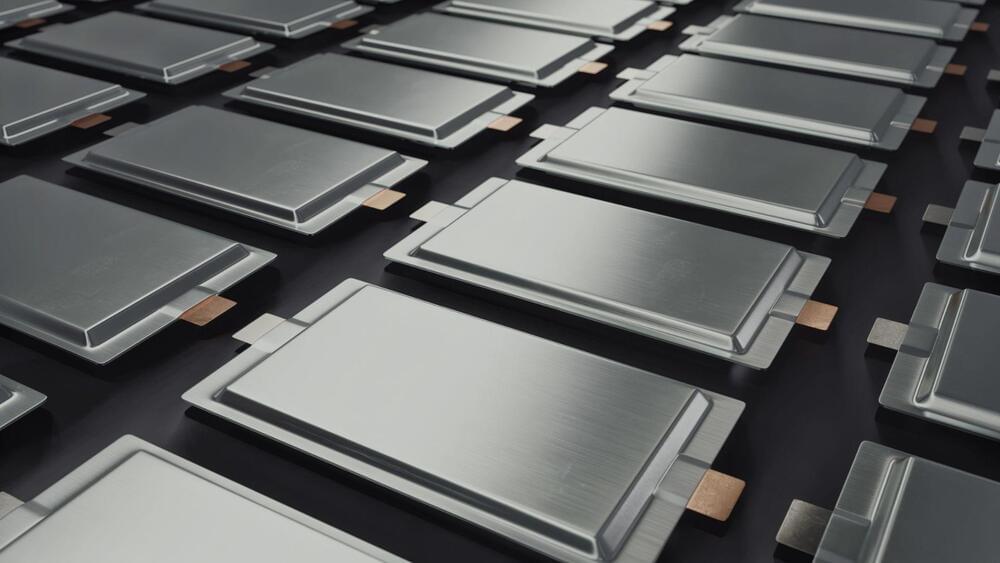A team of researchers at UT Wein in Austria have developed an innovative oxygen-ion battery that is cleaner and safer than lithium-ion.
Researchers at Technische Universität Wien (TU Wien) in Vienna, Austria, have made an oxygen-ion battery that could be used in large energy storage systems instead of lithium-ion batteries. Even though the energy density of an oxygen-ion battery is not quite as high as that of a lithium-ion battery, it has some important advantages.
Unlike lithium-ion batteries, the storage capacity of the oxygen-ion battery does not decrease over time, as it can be regenerated. This could enable an extremely long service life for the battery.
TU Wien.
Even though these don’t sound special, they could change how batteries are made in a good way for the environment. Existing batteries, like Li-on, need rare earth elements, which are very hard to mine and process without hurting the environment or people.
